



In the world of business intelligence and data analytics, "data mart" and "data warehouse" are terms frequently encountered. While both are crucial for storing and managing data for analytical purposes, they serve distinct roles and cater to different organizational needs. Understanding the nuances between a data mart and a data warehouse is essential for any organization looking to optimize its data strategy.
Let's dive deep into the data mart vs. data warehouse discussion, exploring their key differences, individual benefits, and practical use cases.
A data warehouse is a large, centralized repository that stores integrated data from various disparate operational systems across an entire organization. Its primary purpose is to provide a unified, historical, and consistent view of business information to support strategic decision-making, reporting, and analysis. Data in a data warehouse is typically subject-oriented, integrated, time-variant, and non-volatile, meaning it's designed for long-term historical analysis rather than real-time transactional processing.
A data mart, in contrast, is a subset of a data warehouse, or in some cases, a standalone data store, specifically designed to cater to the analytical needs of a particular business unit, department, or specific group of users. It focuses on a single subject area (e.g., sales, marketing, finance) and contains aggregated and summarized data relevant to that specific domain. Data marts are typically smaller, more agile, and easier to implement than a full-fledged data warehouse.
While both are integral to data analytics, their scale, scope, and purpose differ significantly:
A data warehouse has an enterprise-wide scope, integrating data from all operational systems across the organization. A data mart, on the other hand, has a departmental or subject-specific scope, focusing on a particular business area.
Data warehouses deal with massive volumes of complex, historical data from various sources. Data marts contain a smaller, more focused subset of this data, often summarized and aggregated for specific analytical needs.
Data warehouses are highly integrated, bringing together data from numerous disparate systems to create a unified view. Data marts draw data from the data warehouse or a limited set of operational systems, focusing on integration within a specific subject area.
Building a data warehouse is a long-term, complex, and expensive undertaking due to its enterprise-wide scope and extensive integration requirements. Data marts are generally quicker and less costly to implement due to their smaller scale and focused nature.
Data warehouses serve a broad range of users across the organization, including executives, analysts, and data scientists, for strategic reporting and analysis. Data marts are designed for a specific group of users within a particular department or business unit, catering to their tactical analytical needs.
Data warehouses often store highly granular, detailed data, allowing for deeper drill-down analysis. Data marts typically contain more summarized and aggregated data, optimized for specific reporting requirements.
Data warehouses are typically designed using a top-down approach (enterprise-wide first, then departmental). Data marts can be designed using a bottom-up approach (starting with departmental needs) or derived from an existing data warehouse.
Implementing a data warehouse offers numerous advantages for an organization:
Unified view of business: Provides a single, consistent, and accurate view of all organizational data, eliminating discrepancies and improving data quality.
Enhanced decision-making: Supports strategic decision-making by providing comprehensive historical data for trend analysis, forecasting, and performance monitoring.
Improved data quality: Standardizes and cleanses data from various sources, leading to higher data integrity and reliability.
Historical analysis: Stores historical data, allowing for long-term trend analysis and understanding of business evolution.
Reduced operational impact: Offloads analytical queries from operational systems, preventing performance degradation of live business applications.
Regulatory compliance: Facilitates compliance with data retention and reporting regulations by providing a centralized and auditable data source.
Data marts, despite their smaller scale, offer distinct benefits:
Faster implementation and ROI: Their focused scope allows for quicker development and deployment, leading to a faster return on investment.
Improved performance for specific queries: Optimized for specific subject areas, data marts provide faster query performance for departmental users.
Ease of use: Simpler design and focused data make them easier for business users to understand and navigate.
Departmental autonomy: Allows individual departments to manage and analyze their specific data without impacting the larger enterprise data warehouse.
Reduced data redundancy (if sourced from DW): When sourced from a data warehouse, data marts can reduce the need for individual departments to create their own isolated data silos.
Lower cost: Generally less expensive to build and maintain compared to a full data warehouse.
Data warehouses are ideal for scenarios requiring an enterprise-wide perspective and complex analytical capabilities:
Enterprise-wide reporting and dashboards: Providing a consolidated view of key performance indicators (KPIs) across all departments.
Strategic planning and forecasting: Analyzing long-term trends and historical data to inform future business strategies.
Customer 360-degree view: Integrating customer data from various touchpoints to create a comprehensive profile for personalized marketing and service.
Supply chain optimization: Analyzing data from procurement, inventory, and logistics to improve efficiency and reduce costs.
Financial reporting and analysis: Consolidating financial data for in-depth analysis, budgeting, and compliance.
Data marts are best suited for departmental or specific business function analysis:
Sales performance analysis: A sales data mart can track sales figures, customer demographics, and product performance for the sales team.
Marketing campaign analysis: A marketing data mart can analyze the effectiveness of various marketing campaigns, customer segmentation, and lead generation.
HR analytics: An HR data mart can track employee performance, recruitment metrics, and workforce demographics for the human resources department.
Inventory management for a specific product line: A data mart focused on a particular product category can help manage stock levels and optimize ordering.
Project management reporting: A project data mart can track project progress, resource allocation, and budget for project managers.
Both data warehouses and data marts are invaluable tools in an organization's data analytics arsenal. A data warehouse provides the foundational, integrated, and historical data for strategic, enterprise-wide decision-making. Data marts, on the other hand, offer agile, focused, and user-friendly solutions for departmental or subject-specific analytical needs.
The choice between implementing a data warehouse, data marts, or a combination of both depends on an organization's specific size, complexity, budget, and analytical requirements. In many cases, a well-designed data warehouse serves as the central hub from which various data marts are sourced, providing both a holistic view and specialized insights. By understanding their distinct roles and benefits, businesses can effectively leverage these powerful data architectures to gain a competitive edge in today's data-driven world.
At Enqurious, we recognize that effectively leveraging these complex data architectures – whether a data warehouse, data mart, or both – hinges on the capabilities of your Data+AI teams. We empower organizations to unlock the full potential of these teams through data-driven upskilling. Our approach is simple: we focus on scenario-driven problem solving and a bias for action via experiential learning. We partner with data-driven businesses where data teams are pivotal to success. Talk to us today!

Passed the Databricks Gen AI Associate Certification with 56 questions in 90 minutes! Here's my honest experience, preparation strategy, time management tricks, and the exact resources that helped me succeed. Real insights for aspiring certificants.

A practical walkthrough of how I reduced heavy batch workloads using Change Data Feed (CDF) in Databricks. This blog shows how CDF helps process only updated records, cutting compute costs and boosting pipeline efficiency.

I dropped a table in Snowflake, then queried to verify it was gone. The system said it doesn't exist, but also showed it consuming 3.57 MB. That contradiction led me down a rabbit hole of metadata delays, missing commands, and hidden costs. Here's what I discovered.
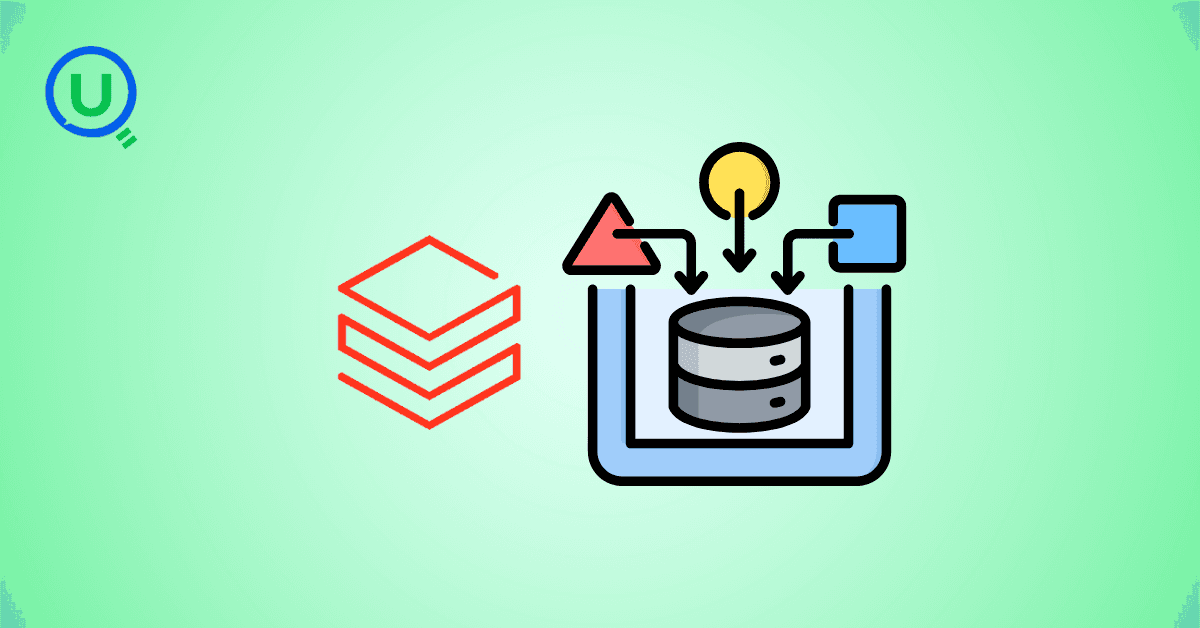
The AI industry has a security problem: data scientists aren't trained in security, ML engineers are working with black-box models, and security pros don't understand GenAI. Learn about the frameworks and tools bridging this gap—from Llama Guard to Databricks' safety features.

Why DELETE isn’t enough under GDPR, and how Time Travel can make sensitive data reappear unless VACUUM is used correctly.

This blog shares my personal journey into Snowflake Gen AI, from early confusion to hands-on clarity. It offers practical study tips, common pitfalls, and guidance to help you prepare effectively and understand Snowflake’s evolving AI capabilities.

Started scrolling Instagram at 2 AM. Saw Cloudflare memes. Fell down a 4-hour research rabbit hole. Discovered that AND database = 'default' could have prevented the whole thing. My sleep schedule is ruined but at least I understand distributed systems now.

Discover the top 10 data pipeline tools every data engineer should know in 2025. From Airflow to Fivetran, learn how each tool powers modern data workflows, supports real-time analytics, and scales across cloud ecosystems.
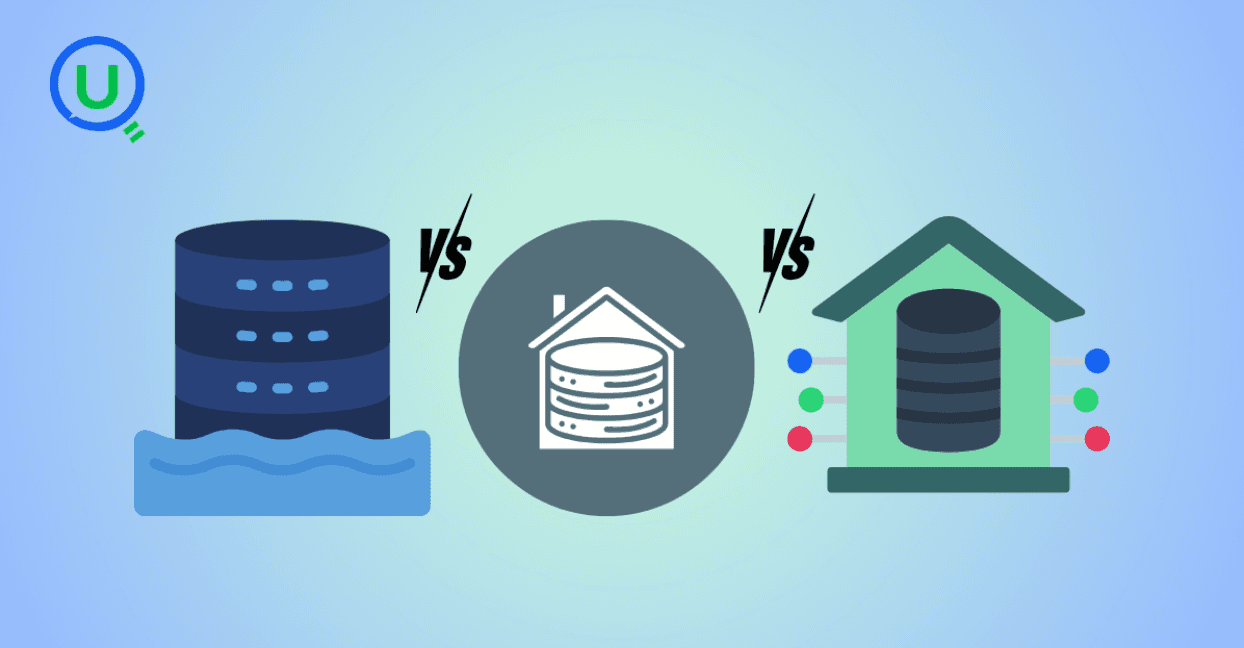
Confused between a data lake, data warehouse, and data mart? Discover key differences, real-world use cases, and when to use each architecture. Learn how to build a modern, layered data strategy for scalability, governance, and business insights.

Explore what syntax means in the world of data and AI—from SQL and Python to JSON and APIs. Learn why syntax matters, common errors, real-world examples, and essential best practices for data engineers, analysts, and AI developers in 2025.
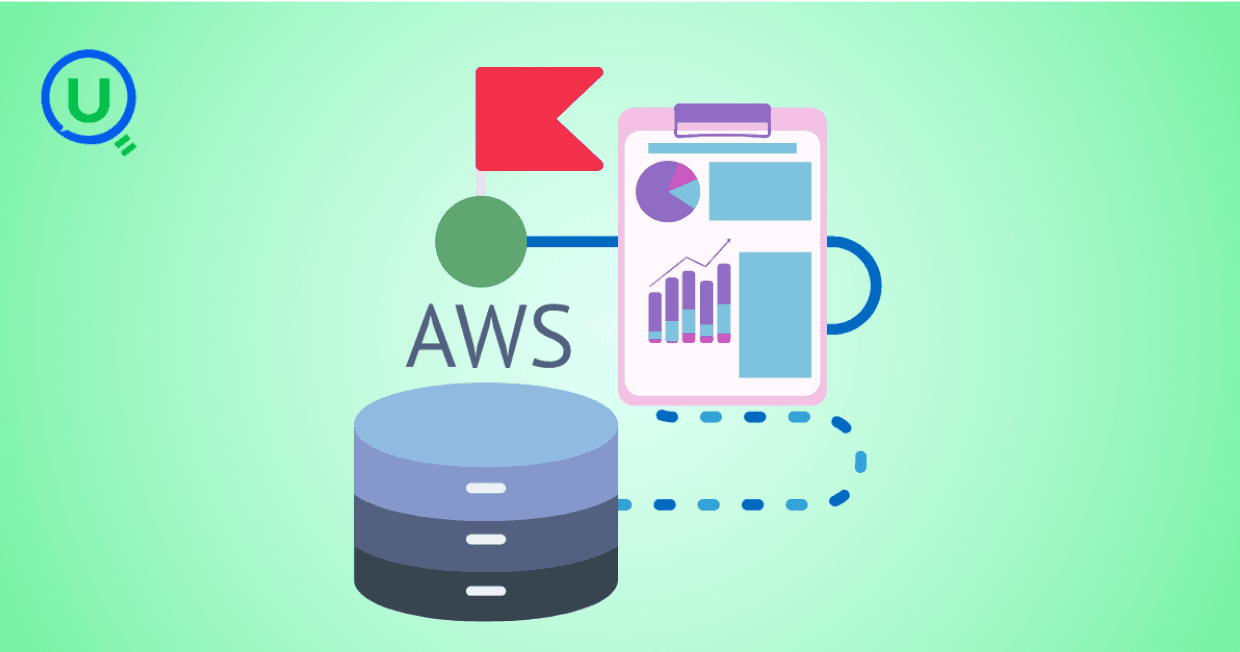
Discover how AWS Data Pipeline helps automate data movement and transformation across AWS services like S3, Redshift, and EMR. Learn its key features, benefits, limitations, and how it compares to modern tools like AWS Glue and MWAA.

Learn how to build scalable and secure data pipeline architectures in 2024 with best practices, modern tools, and intelligent design. Explore key pillars like scalability, security, observability, and metadata tracking to create efficient and future-proof data workflows.
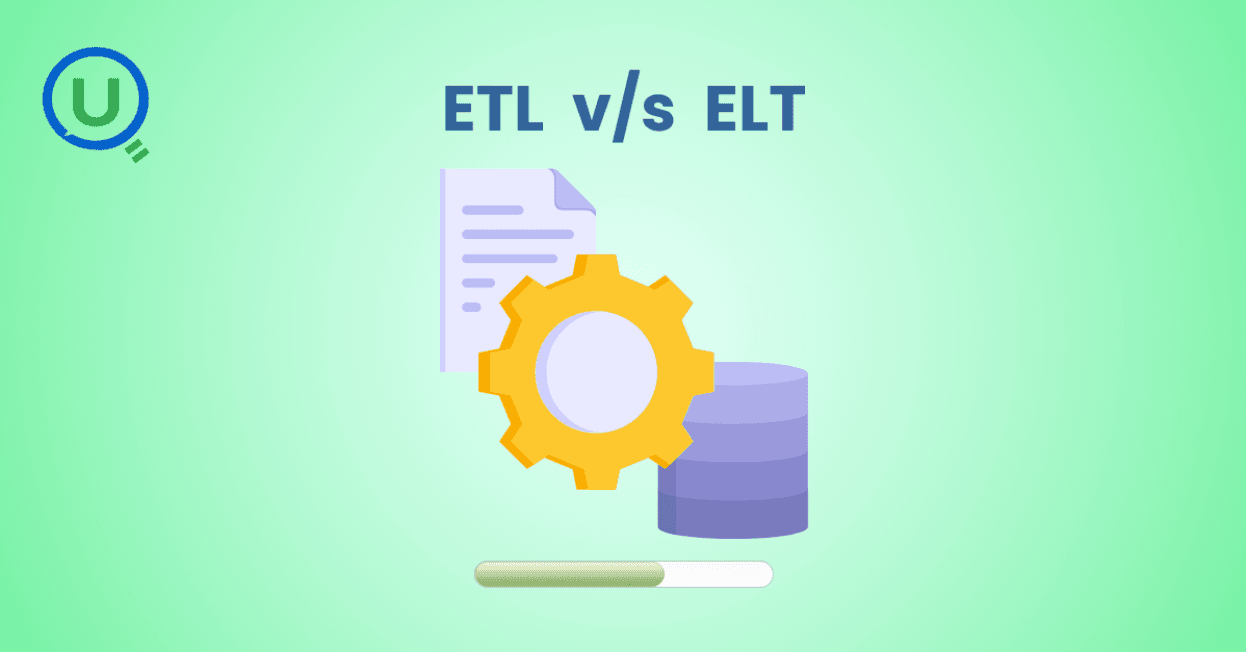
Explore the key differences between ETL and ELT data integration methods in this comprehensive guide. Learn when to choose each approach, their use cases, and how to implement them for efficient data pipelines, real-time analytics, and scalable solutions.
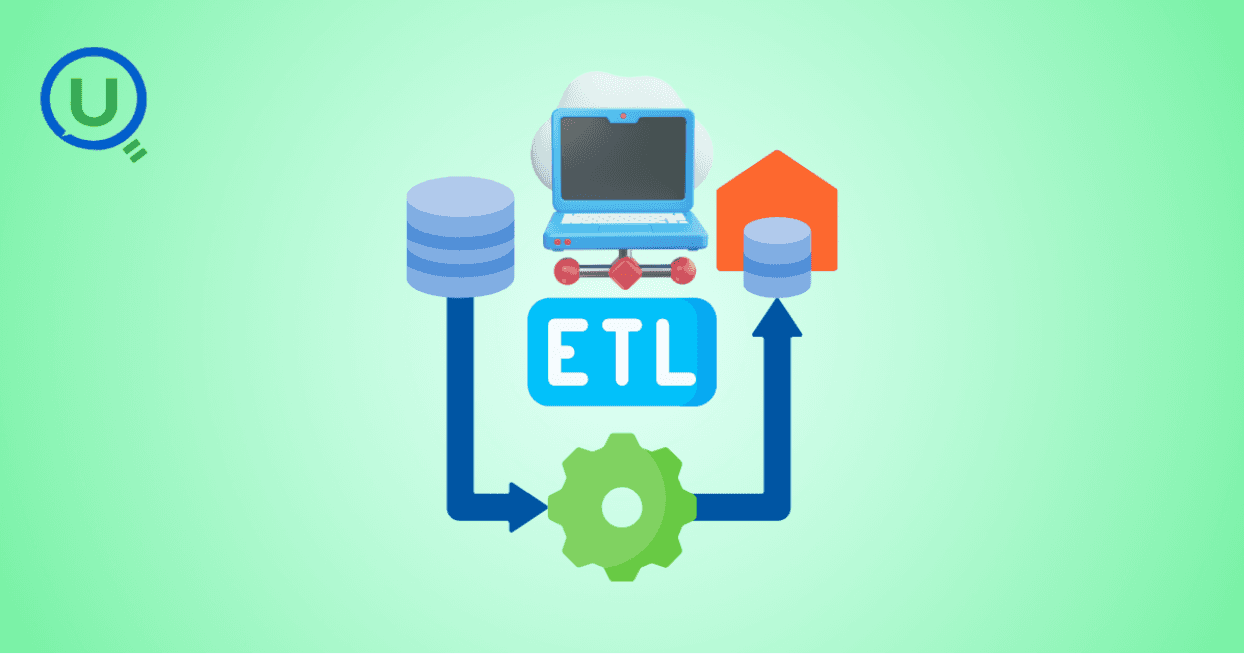
Learn the essential role of ETL (Extract, Transform, Load) in data engineering. Understand the three phases of ETL, its benefits, and how to implement effective ETL pipelines using modern tools and strategies for better decision-making, scalability, and data quality.

Discover why data orchestration and analysis are essential for modern data systems. Learn how automation tools streamline data workflows, boost insights, and scale with your business

Learn what a data ingestion pipeline is, why it's vital for modern analytics, and how to design scalable, real-time pipelines to power your data systems effectively.

Discover the top 15 data warehouse tools for scalable data management in 2024. Learn how to choose the right platform for analytics, performance, and cost-efficiency.

Confused between a data mart and a data warehouse? Learn the key differences, use cases, and how to choose the right data architecture for your business. Explore best practices, real-world examples, and expert insights from Enqurious.

Discover the top 10 predictive analytics tools to know in 2025—from SAS and Google Vertex AI to RapidMiner and H2O.ai. Learn why predictive analytics is essential for modern businesses and how to choose the right tool for your data strategy.

Explore the key differences between descriptive and predictive analytics, and learn how both can drive smarter decision-making. Discover how these analytics complement each other to enhance business strategies and improve outcomes in 2025 and beyond.

Explore the key differences between predictive and prescriptive analytics, and learn how both can drive smarter decisions, enhance agility, and improve business outcomes. Discover real-world applications and why mastering both analytics approaches is essential for success in 2025 and beyond.

Compare PostgreSQL vs SQL Server in this comprehensive guide. Learn the key differences, strengths, and use cases to help you choose the right database for your business needs, from cost to performance and security.

Learn what Power BI is and how it works in this beginner's guide. Discover its key features, components, benefits, and real-world applications, and how it empowers businesses to make data-driven decisions.

Explore what a Business Intelligence Engineer does—from building data pipelines to crafting dashboards. Learn key responsibilities, tools, and why this role is vital in a data-driven organization.
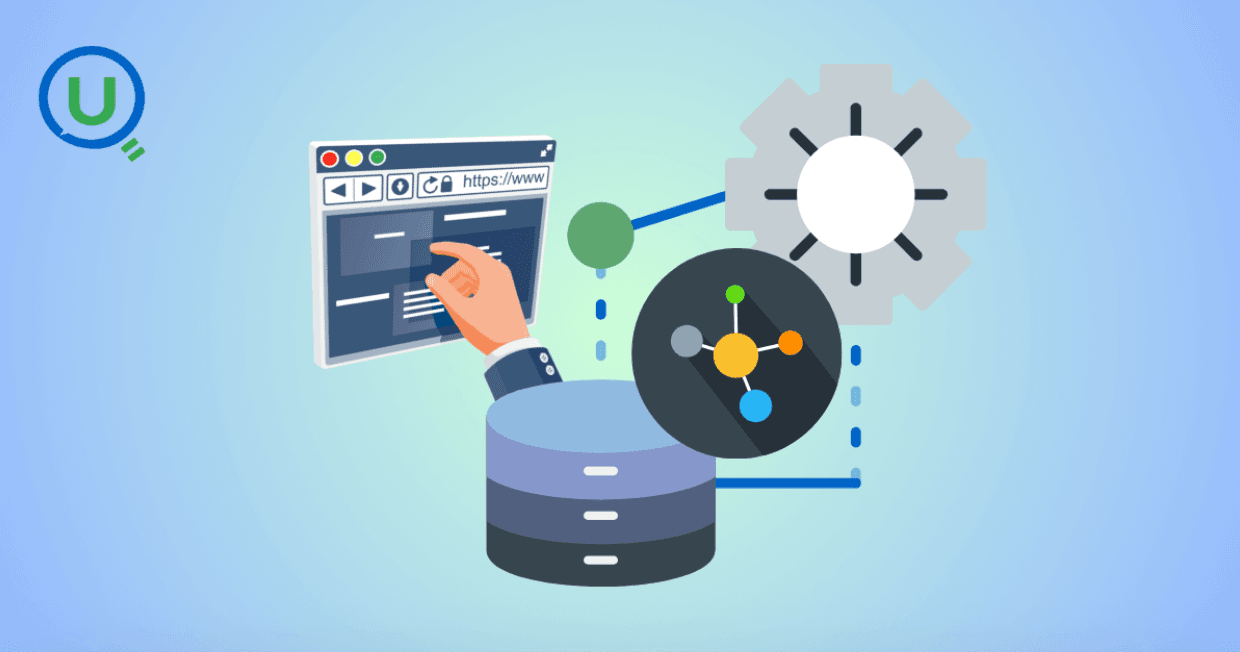
Discover why data lineage is essential in today’s complex data ecosystems. Learn how it boosts trust, compliance, and decision-making — and how Enqurious helps you trace, govern, and optimize your data journeys.
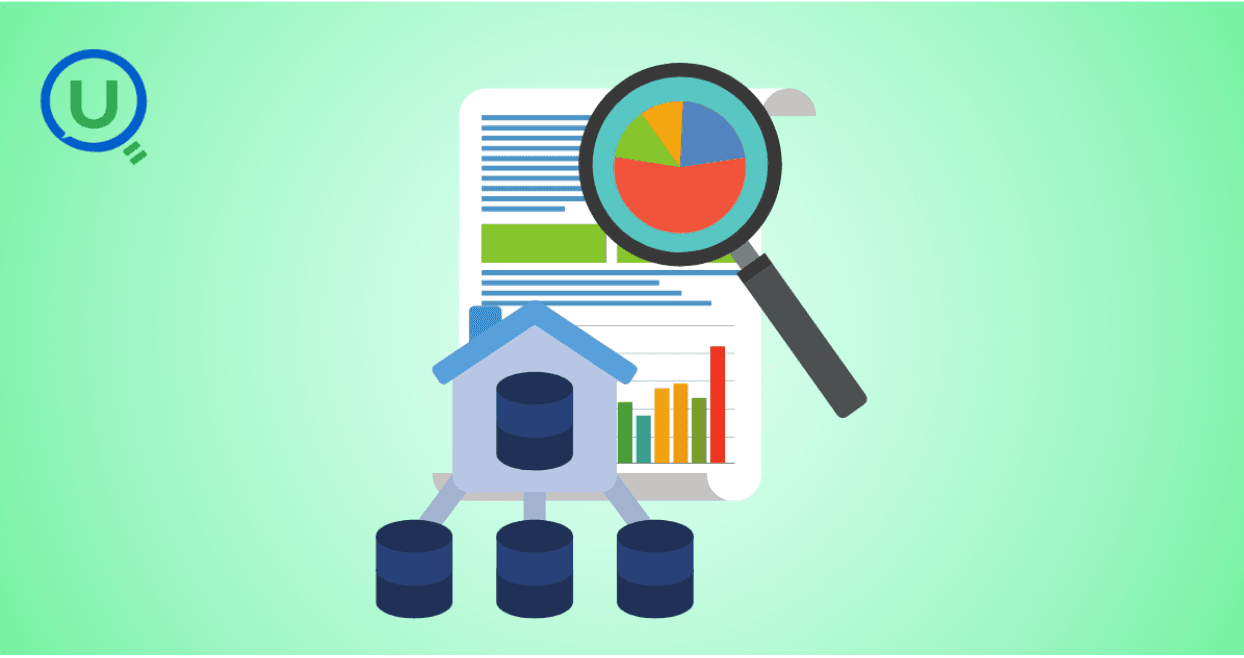
Learn what a data mart is, its types, and key benefits. Discover how data marts empower departments with faster, targeted data access for improved decision-making, and how they differ from data warehouses and data lakes.
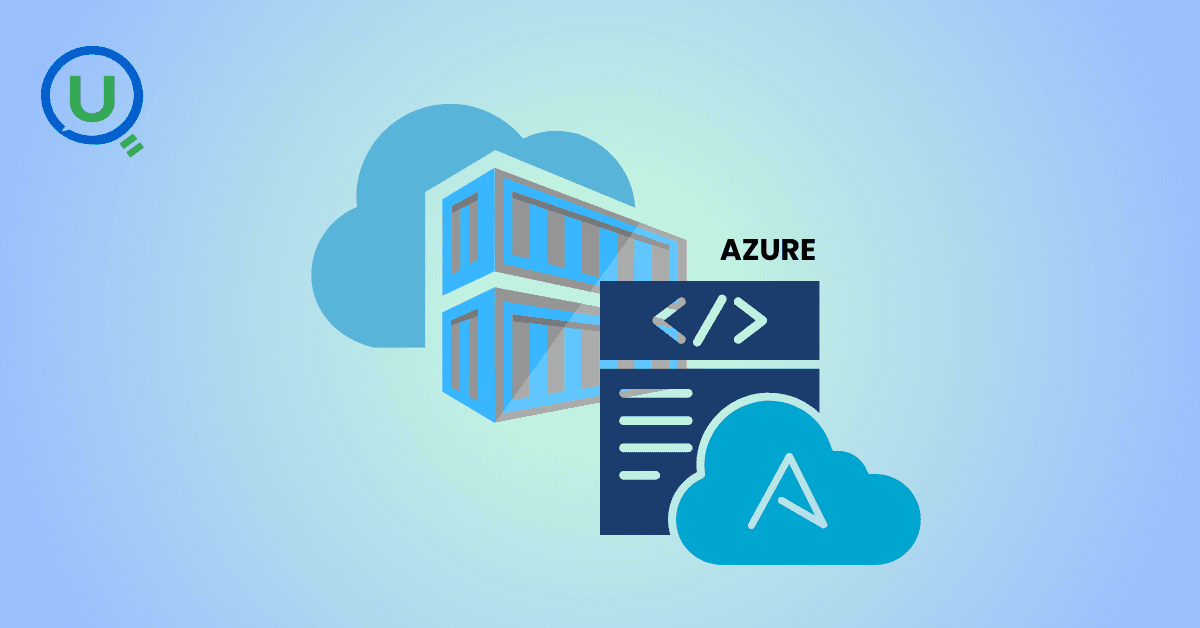
Learn what Azure Data Factory (ADF) is, how it works, and why it’s essential for modern data integration, AI, and analytics. This complete guide covers ADF’s features, real-world use cases, and how it empowers businesses to streamline data pipelines. Start your journey with Azure Data Factory today!
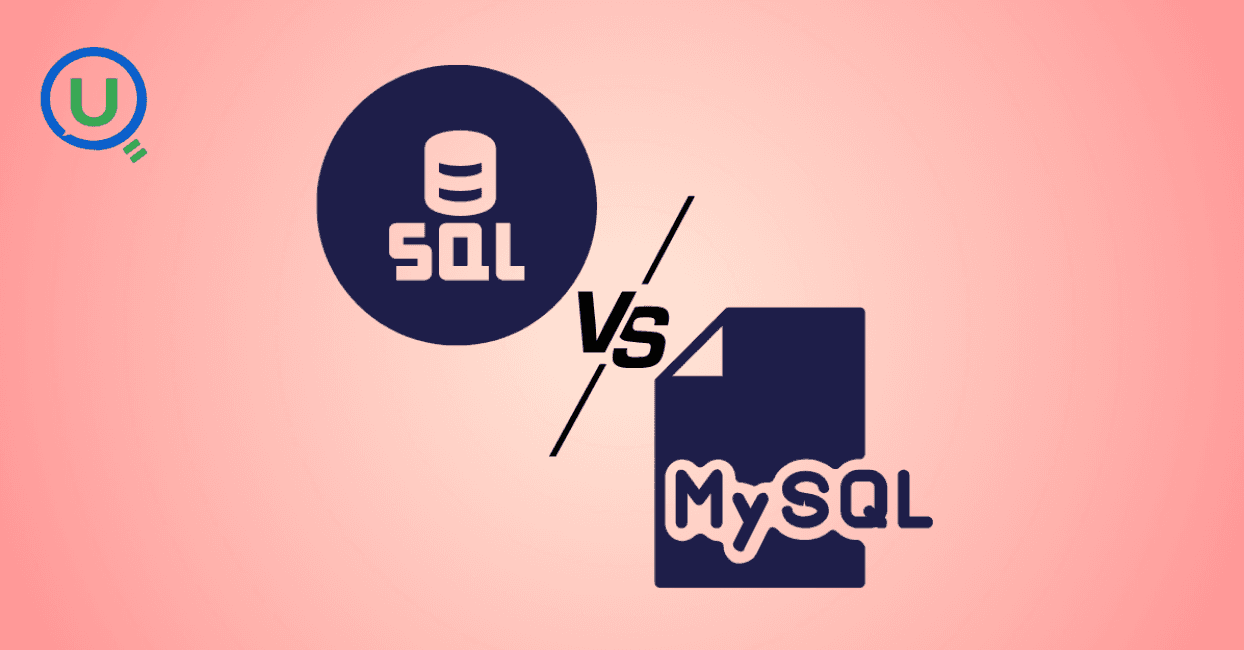
Discover the key differences between SQL and MySQL in this comprehensive guide. Learn about their purpose, usage, compatibility, and how they work together to manage data. Start your journey with SQL and MySQL today with expert-led guidance from Enqurious!
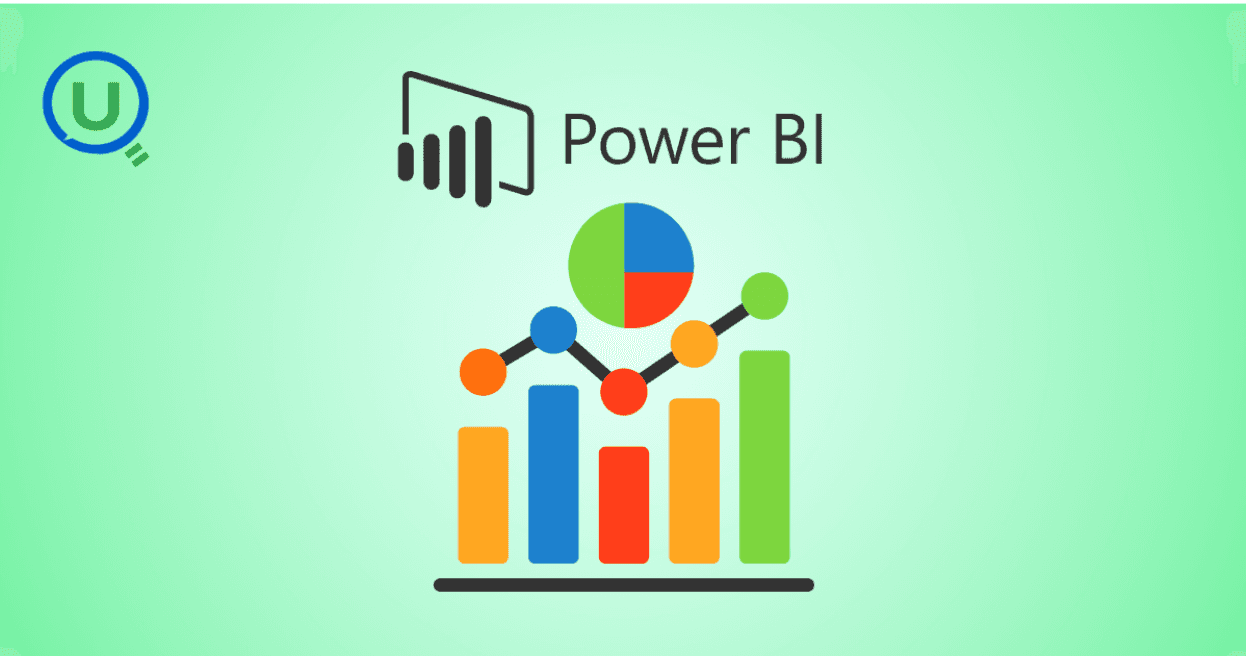
Learn Power BI from scratch in 2025 with this step-by-step guide. Explore resources, tips, and common mistakes to avoid as you master data visualization, DAX, and dashboard creation. Start your learning journey today with Enqurious and gain hands-on training from experts!

AI tools like ChatGPT are transforming clinical data management by automating data entry, enabling natural language queries, detecting errors, and simplifying regulatory compliance. Learn how AI is enhancing efficiency, accuracy, and security in healthcare data handling.

Big Data refers to large, complex data sets generated at high speed from various sources. It plays a crucial role in business, healthcare, finance, education, and more, enabling better decision-making, predictive analytics, and innovation.

Discover the power of prompt engineering and how it enhances AI interactions. Learn the key principles, real-world use cases, and best practices for crafting effective prompts to get accurate, creative, and tailored results from AI tools like ChatGPT, Google Gemini, and Claude.

Learn what a Logical Data Model (LDM) is, its key components, and why it’s essential for effective database design. Explore how an LDM helps businesses align data needs with IT implementation, reducing errors and improving scalability.

Discover the power of a Canonical Data Model (CDM) for businesses facing complex data integration challenges. Learn how CDM simplifies communication between systems, improves data consistency, reduces development costs, and enhances scalability for better decision-making.

Discover the 10 essential benefits of Engineering Data Management (EDM) and how it helps businesses streamline workflows, improve collaboration, ensure security, and make smarter decisions with technical data.

Explore how vibe coding is transforming programming by blending creativity, collaboration, and technology to create a more enjoyable, productive, and human-centered coding experience.
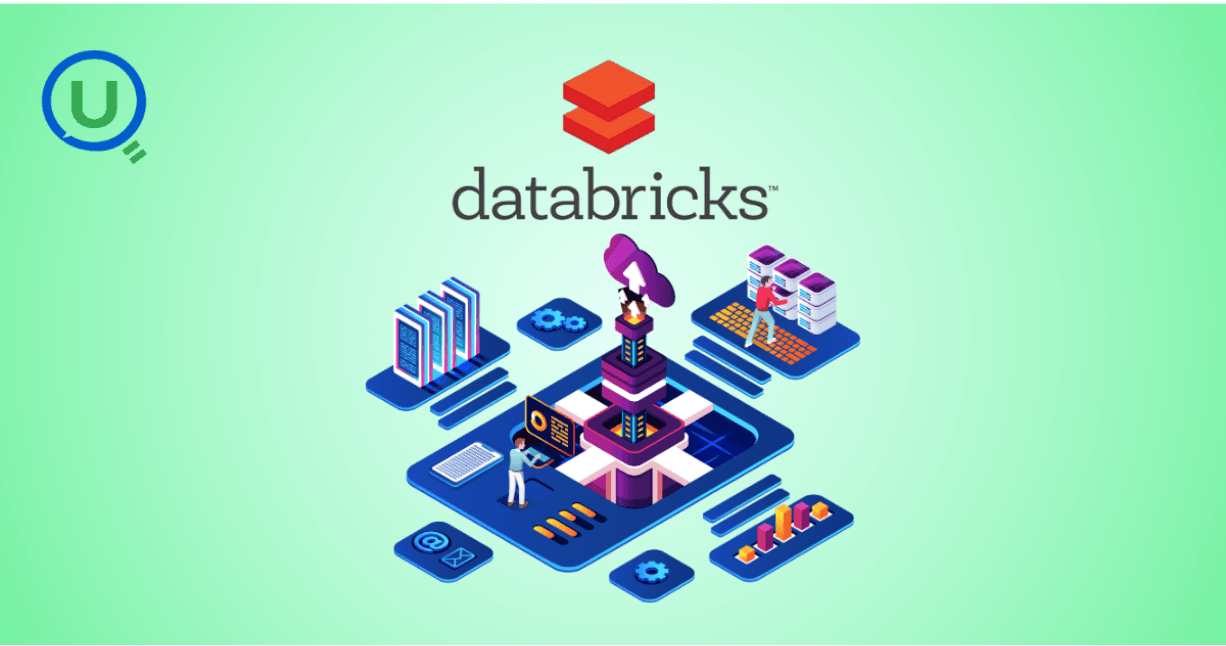
Learn how Azure Databricks empowers data engineers to build optimized, scalable, and reliable data pipelines with features like Delta Lake, auto-scaling, automation, and seamless collaboration.

Explore the top 10 data science trends to watch out for in 2025. From generative AI to automated machine learning, discover how these advancements are shaping the future of data science and transforming industries worldwide.

Discover the key differences between data scientists and data engineers, their roles, responsibilities, and tools. Learn how Enqurious helps you build skills in both fields with hands-on, industry-relevant learning.
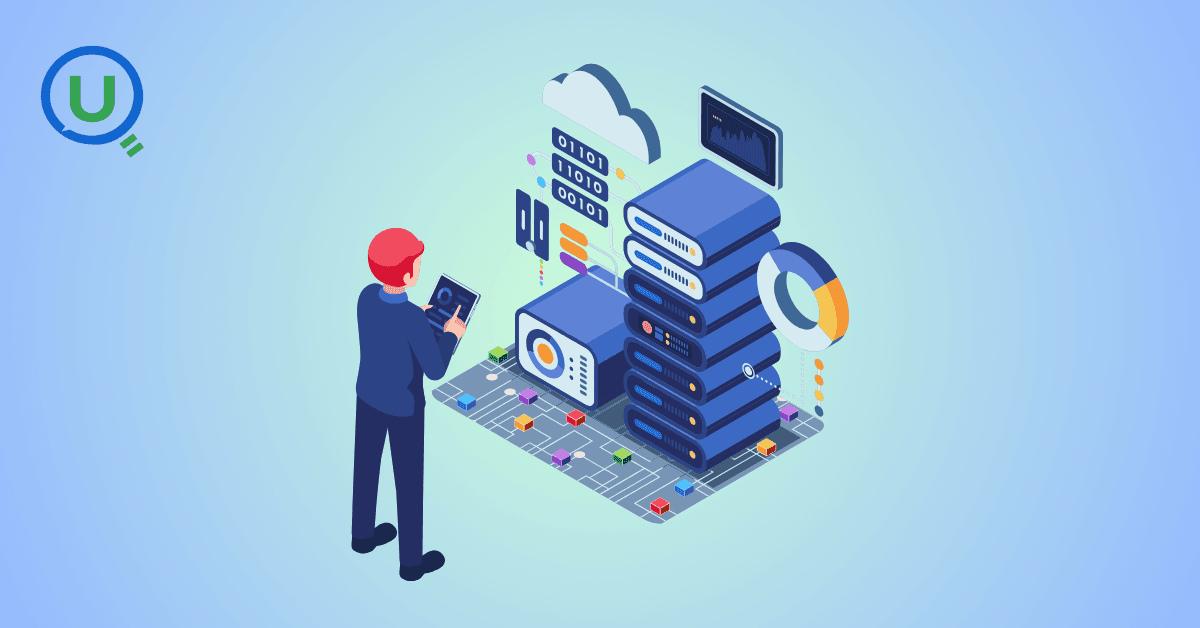
Discover the 9 essential steps to effective engineering data management. Learn how to streamline workflows, improve collaboration, and ensure data integrity across engineering teams.

Azure Databricks is a cloud-based data analytics platform that combines the power of Apache Spark with the scalability, security, and ease of use offered by Microsoft Azure. It provides a unified workspace where data engineers, data scientists, analysts, and business users can collaborate.

In today's data-driven world, knowing how to make sense of information is a crucial skill. We’re surrounded by test scores, app usage stats, survey responses, and sales figures — and all this raw data on its own isn’t helpful.

In this blog, we will discuss some of the fundamental differences between AI inference vs. training—one that is, by design, artificially intelligent.

This guide provides a clear, actionable roadmap to help you avoid common pitfalls and successfully earn your SnowPro Core Certification, whether you’re making a career pivot or leveling up in your current role.

"Ever had one of those days when you’re standing in line at a store, waiting for a sales assistant to help you find a product?" In this blog we will get to know about -What is RAG, different types of RAG Architectures and pros and cons for each RAG.
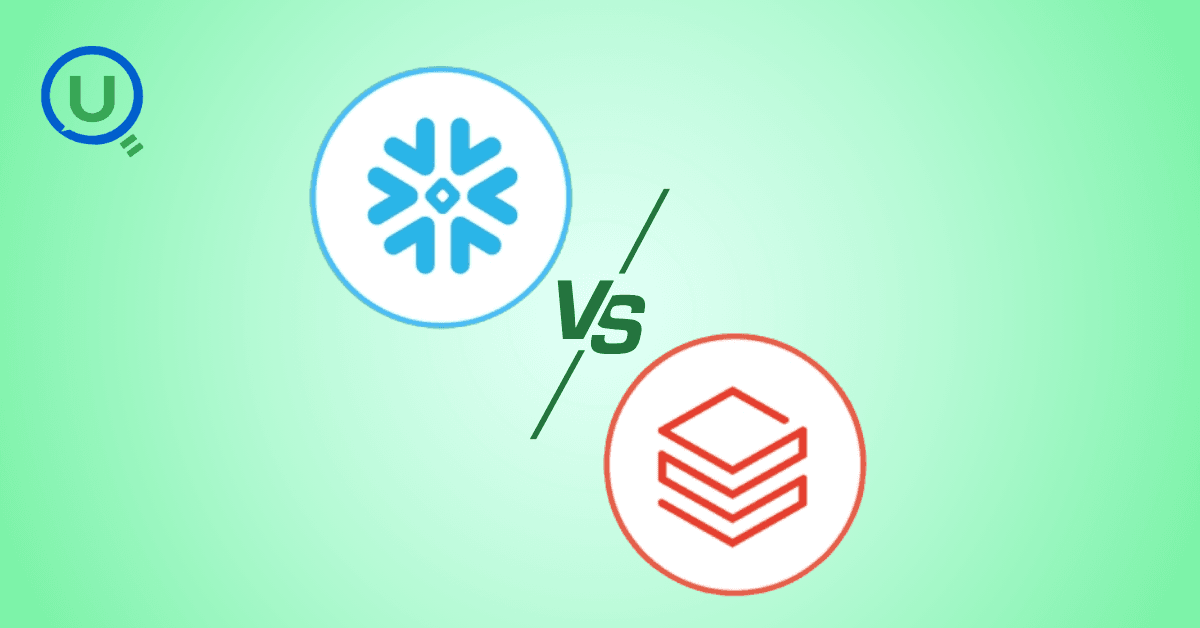
Discover how Databricks and Snowflake together empower businesses by uniting big data, AI, and analytics excellence

How do major retailers like Walmart handle thousands of customer queries in real time without breaking a sweat? From answering questions instantly to providing personalized shopping recommendations, conversational AI reshapes how retailers interact with their customers.